Why X Ray sensors are important in dentistry?

1.Minimized Radiation
We know that exposure to X-ray can cause a multitude of harmful effects to the body. The biological effects of radiation, deterministic (killing a large number of cells) and stochastic (sub-lethal damage leading to mutation), range from simple mucositis to more dangerous conditions such as osteoradionecrosis and carcinogenesis. Although such outcomes stem from radiation therapy, it is important to reduce the amount of radiation that the patient, dentist and dental assistant are subjected to.
The ALARA principle is one of the most important guidelines laid out by the NCRP, USA in 2003. By employing digital radiography, dentists can reduce up to 80% of the exposure that the patient is subjected to while using conventional X-ray films. It is the duty of the dentist to ensure patient safety.
Imagine exposing the patient and yourself to a lot of unnecessary radiation and spending the time to process the X-ray film only to find that there is an angulation error or a processing error or both. The X-Ray sensor cannot help you in correcting angulation errors, but it’s safe to say that you can say goodbye to processing errors. To come to think of it, it might not even be your fault. It is a good practice to have a thermometer to gauge the temperature of the processing solutions, however, any small discrepancy in time, concentration or temperature can result in errors in processing.


2.Patient Attitude
Patients generally do not have a great idea about the operation of dental clinics. However, there is a stark difference between conventional films and digital radiography that is perceptible to patients. Patients are often amazed at the speed at which the image appears on the computer screen. Patient education becomes easier and intuitive when the patient can see that the image can be processed, magnified and focused. Also, it gives them self-affirmation that a dentist using better technology might be able to make a better diagnosis.
3.Forget The Dark Room
An ideal darkroom should be at least 4×5 feet in dimensions, be lightproof, have a safelight that has a red GBX-2 filter, processing tanks that have temperature maintained solutions, a thermometer, a timer to keep track of the processing times and drying racks. And then comes maintenance of the solutions and regular replenishment. That is quite a lot of maintenance and regular monitoring that has to be done in order to maintain a workable darkroom.
Buying X-Ray sensor for the dentist might be a heavy initial investment, but the benefits that can be gained over time are invaluable.



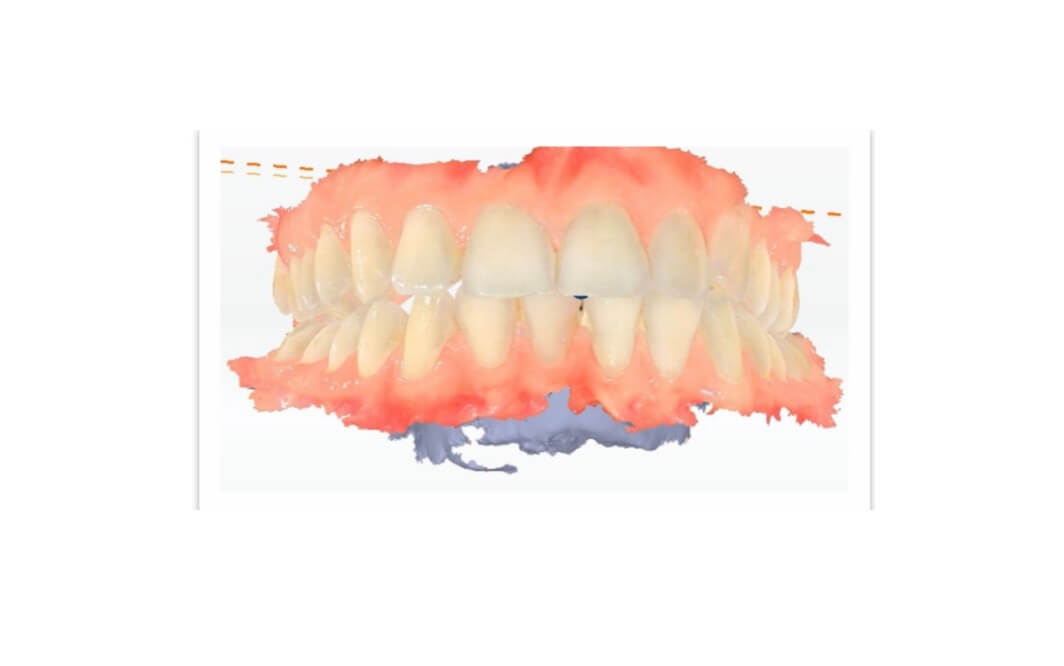



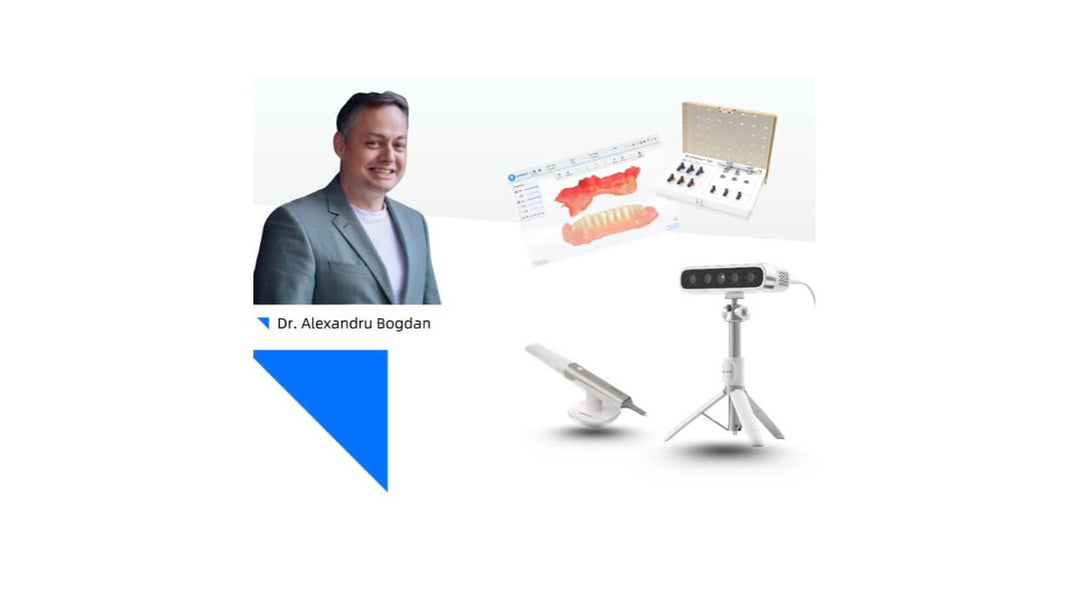



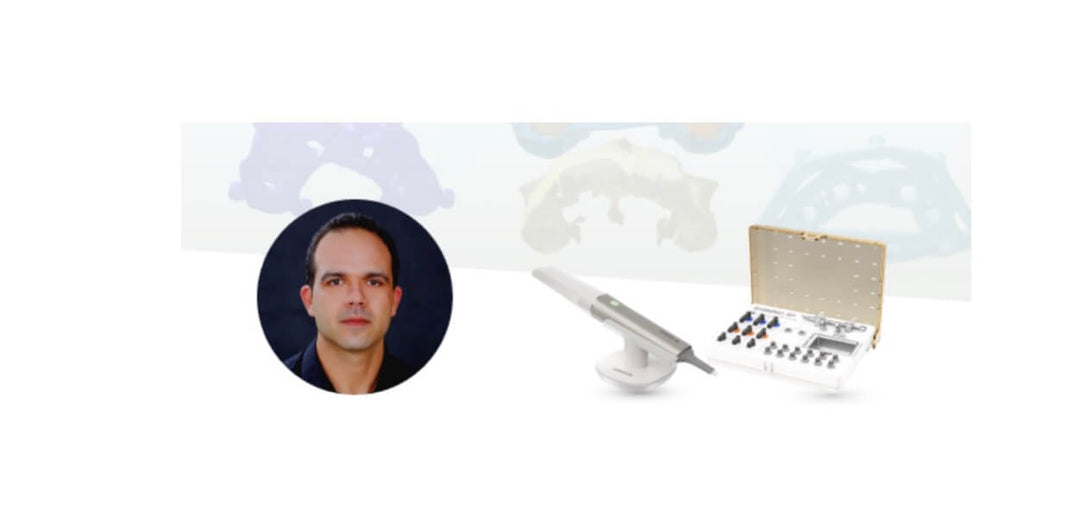
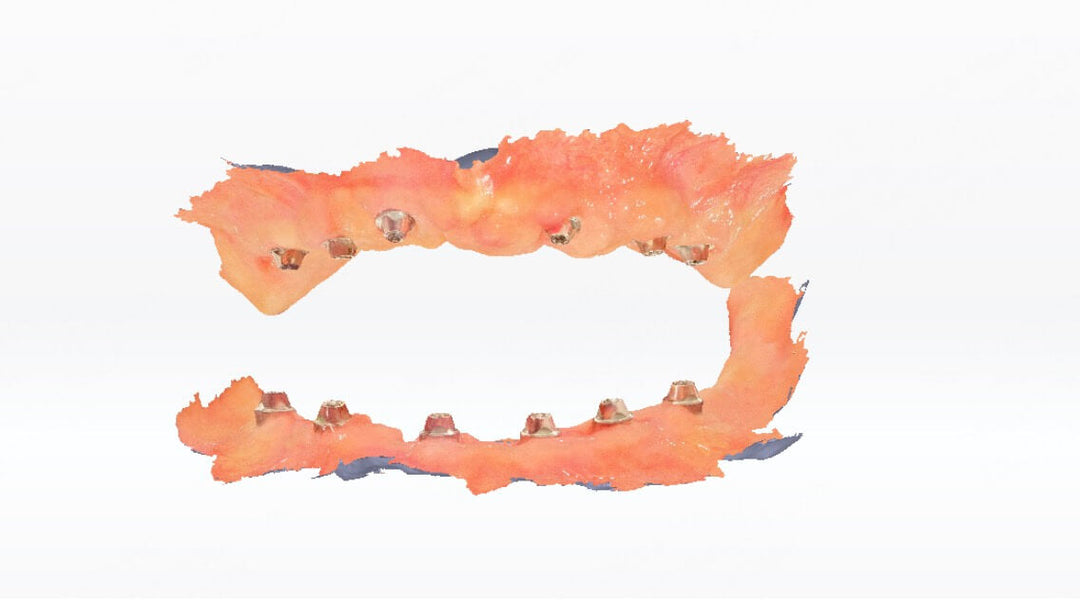

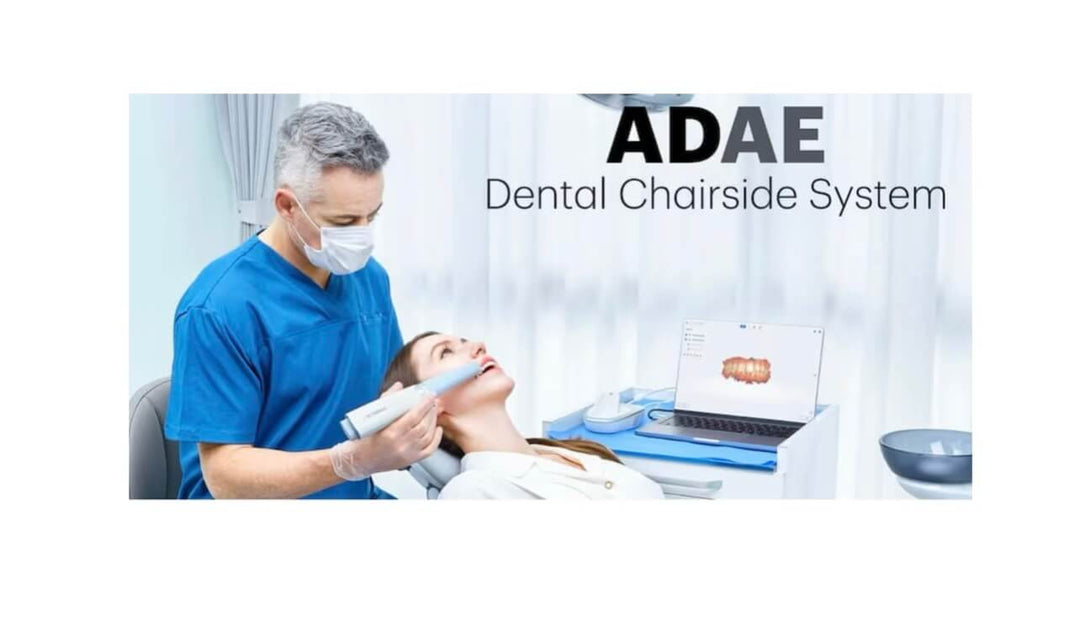
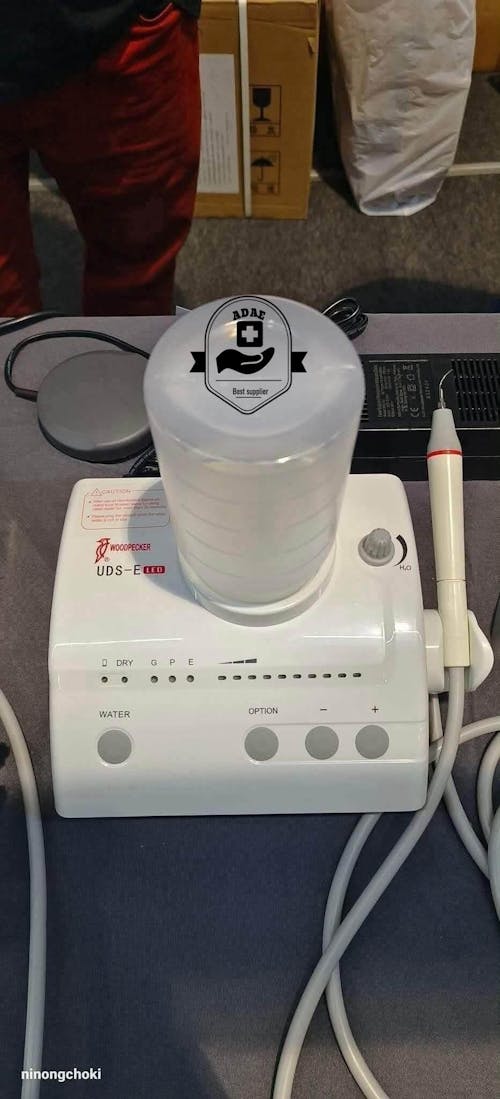

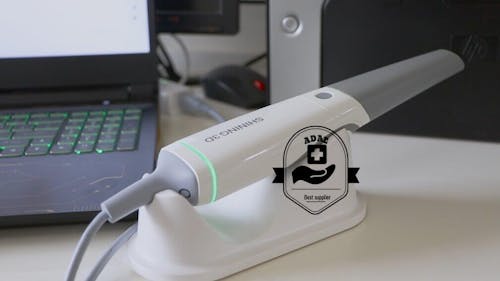






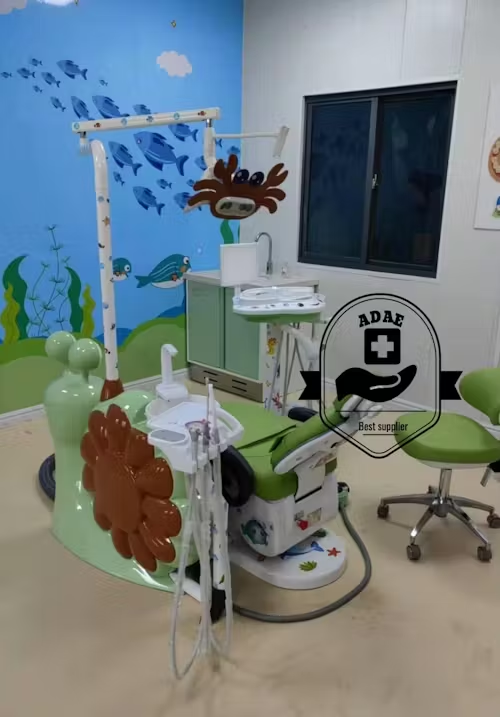
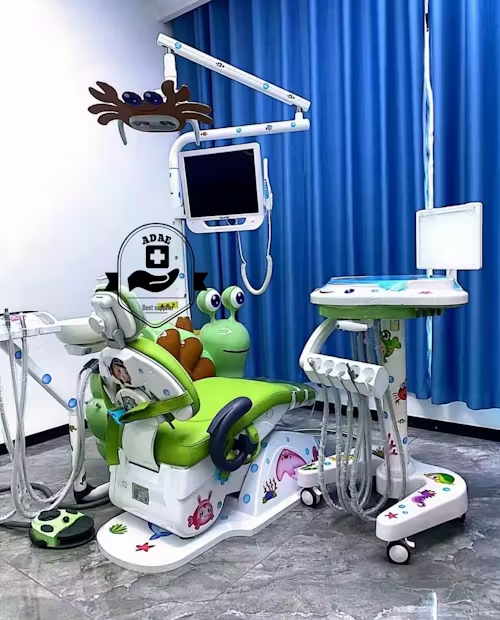


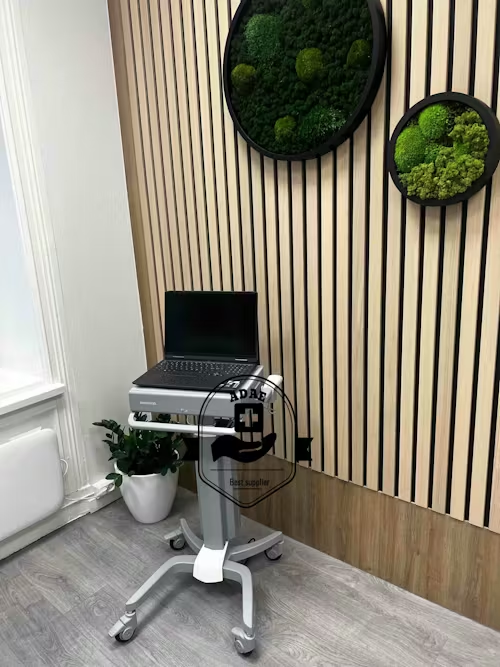
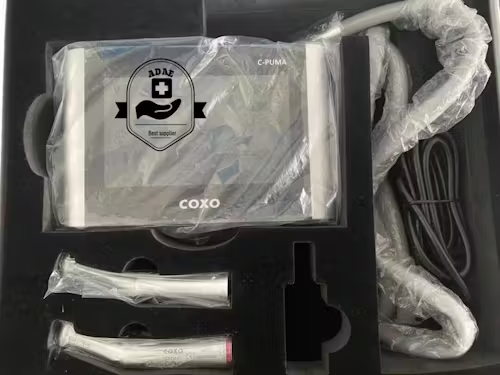
Leave a comment